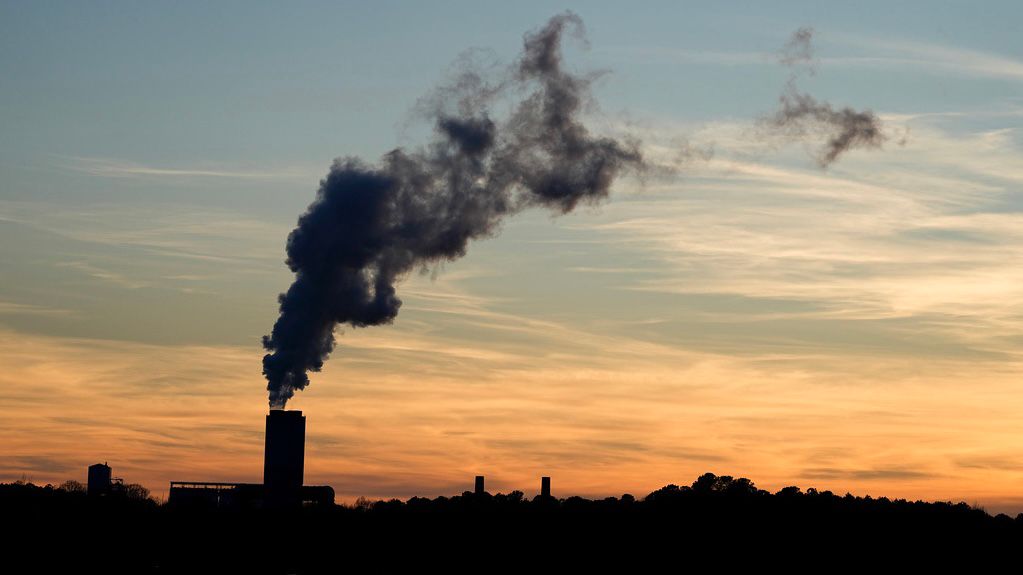The Environmental Protection Agency issued strict new rules to curb pollution from power plants that burn fossil fuels.
Among the regulations the EPA finalized Thursday is a requirement that existing coal-fired plants and new natural gas plants reduce their greenhouse gas emissions 90% by 2032.
“The electricity industry is central to America’s economic growth and competitiveness,” Environmental Protection Agency Administrator Michael Regan said during a briefing about the new rules. “At the same time, the power sector is also a major contributor to the pollution that drives climate change and threatens public health.”
Power plants are the largest source of greenhouse gas pollution in the U.S., making up more than a quarter of emissions, according to the EPA.
Regan said the new rules “follow the latest science” and draw their authority from the Clean Air Act, Clean Water Act and Resource Conservation and Recovery Act to reduce pollution from electricity generation. The EPA estimates the new carbon pollution standards will reduce almost 1.4 billion metric tons of carbon dioxide through 2047, or roughly one year of total greenhouse gas emissions generated from the power sector in 2022.
The agency said the carbon pollution limits will yield $370 billion in public health benefits over the next two decades.
The Electric Power Supply Association said the new rules will strain a power system where demand is already threatening to outpace supply. Calling the new emissions limits “onerous,” the EPSA said the rules rely on unavailable technology and will stymie investment in cleaner power resources as older plants are retired.
“We hear rhetoric from regulators and policymakers about their commitment to reliability, but rulemaking is where the rubber meets the road,” said Electric Power Supply Association President Todd Snitchler. “While EPSA welcomed the EPA’s announcement that it had removed existing gas plants from its proposed emissions regulations, the final rule released today is still a painful example of aspirational policy outpacing physical and operational realities.”
Regan said the standards are intended to “provide regulatory certainty” for power plant companies as they make long-term investments in transitioning to clean energy.
The rules come as the United States is poised to build more electric power plants this year than it has in two decades, according to the White House — 96% of which will be from renewables such as solar and wind.
U.S. electricity demand is expected to grow 4.7% over the next five years, according to the Federal Energy Regulatory Commission. The electrical grid, however, is not prepared to accommodate the increasing amounts of power that will be generated, according to the FERC.
To help transmit increasing amounts of electricity, the Department of Energy announced Thursday that it will add 100,000 miles of transmission lines over the next five years. Energy Secretary Jennifer Granholm said during the briefing that DOE has been granted $20 billion to upgrade the electrical grid “to get clean power from where it’s generated to where it’s needed.”
A new DOE rule announced Thursday will reduce the amount of time it takes to permit a new transmission project from four years to two, Granholm said.
“The DOE’s work complements what our partners across the administration are doing to modernize power infrastructure and to deliver cleaner power to the American customer,” she said.
In addition to the rule on carbon reduction from power plants that operate with fossil fuels, the EPA issued three other rules on Thursday also designed to curb pollution. The agency strengthened its rules for coal-fired power plants to reduce toxic metal emissions by 67% and to reduce wastewater discharge pollutants. It will also regulate the disposal of coal ash in areas that could leak into groundwater.



